
The best time to visit Australia is determined by the region you intend to visit. Australia has two distinct climates, with the northern part being the driest and easiest to travel in between April and September. Days that are warm and bright are ideal for visiting national parks and beaches since they allow for outdoor activities like swimming and grilling. From October to March, the north experiences higher humidity and greater rainfall, however this is countered by the region’s busy wildlife and revitalised wetlands and rainforests.
Australia is huge, and deciding when to go depends on exactly where you want to go. A tropical north is different from a temperate south, and the central desert requires special attention. No matter where you’re going, this month-by-month analysis can assist you in determining the ideal time for your trip.
High season: December to February
The wet season arrives in the north and bush fires start in the south during Australia’s summer, but it’s also the best time to relax on one of the nation’s famous beaches or take in one of the countries numerous arts, cuisine, and music festivals. Visitors might expect higher pricing and possible crowding at well-known beaches and major tourist destinations. Sunscreen should always be packed.
Shoulder season: March to May & September to November
If you want to travel across the country, the transitional seasons are your best chance because they deliver pleasant sun, clear skies, and chilly evenings. Australia’s scorching core will feel a little relief from the summer heat, while the coastal regions will often still be comfortable (carry a jacket just in case). Around Easter, the coasts can be busy, and Victoria, Tasmania, and South Australia’s autumnal hues are particularly evocative.
Low season: June to August
Australian winter offers the finest opportunity for enjoyable desert and tropical travel as well as whale viewing because it brings cool days to the south and milder weather with sunny sky to the north. Prices are also at their lowest point, but keep in mind that some attractions may operate with somewhat less hours.
Month-By-Month Breakdown
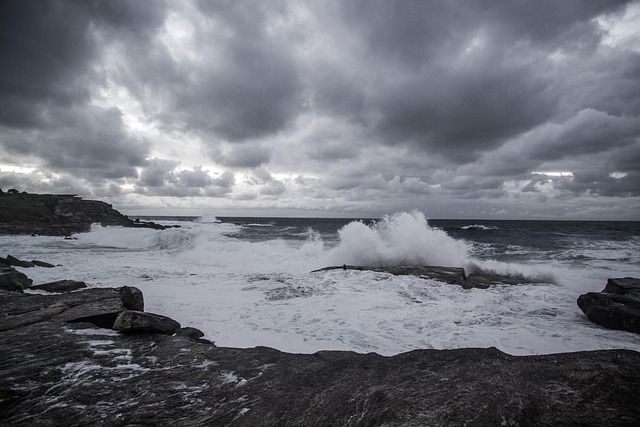
Here is a list of things you may do and see throughout the year in Australia. Everything that happens could change.
January
As the nation recovers from its collective New Year’s hangover and the festival season begins in earnest, January yawns into action.
February
Australia’s hottest month is often February; as the rainy season continues, it will be humid and sticky up north, and it will frequently be scorching hot in South Australia and Victoria. As the sun continues to shine, locals head back to work and school.
March
Australia’s vineyards begin harvesting in March. Despite being in the fall, March has recently been very warm.
April
The Adelaide Hills and Melbourne are ethereal as European trees change from green to golden to crimson. The rain is lessening up north, and the desert’s sweltering temperatures are becoming more bearable.
May
In the Northern Territory, northern Western Australia, and Far North Queensland, the dry season starts, providing significant reprieve from the humidity. Additionally, this is a fantastic time of year to visit Uluru-Kata Tjuta National Park.
June
Winter has arrived as snow covers the Southern Alps ski resorts and football season fills stadiums nationwide. In the tropical north, peak season, waterfalls and bush trails are reachable
July
Down south, you’ll discover quaint coffee shops, pubs with open fireplaces, and deserted beaches; up north, on the other hand, you’ll find crowded markets, tours, and lodging. Anywhere south of Alice Springs will require warm clothing, so pack accordingly.
August
Southerners who are tired of the winter’s gloomy skies travel to Queensland in August in search of some sunshine. Before it gets too hot and wet, there is practically no time left to visit the outback and tropical Top End.
September
In the outback of Western Australia and South Australia, wildflowers explode into bloom in the spring, and cities like Canberra and Toowoomba host flower festivals. After the final football game, the Spring Racing Carnival starts.
October
It’s a nice time to go camping or hang out at some wineries because the weather is mild everywhere. In the Top End, where it is quite humid, the rainy season begins.
November
Due to “stingers” jellyfish in the shallow waters in north Queensland, the Northern Territory, and Western Australia, northern beaches may close. The season of surf lifesaving stretches its muscles on beaches all over the world as outdoor events pick up speed.
December
Ring the bell—class is over! In most cases, holidays start a week or two before Christmas. Cities are bustling with shoppers, and the temperature is pleasantly warm. Monsoon season is in full swing up north, and afternoon thunderstorms bring torrential rain.
Best time to visit New South Wales
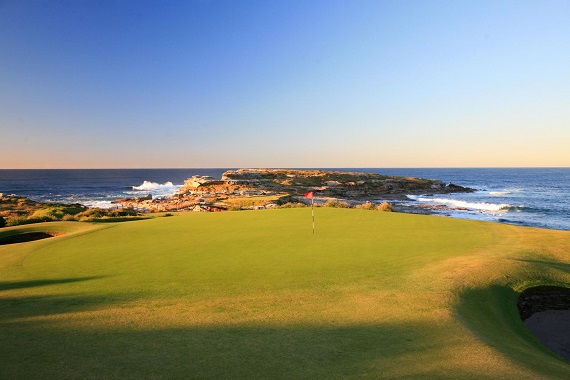
Sydney is likely to be on your itinerary if you’re in New South Wales. The best seasons to come, however, are from March to May and September through November if you want to see the finest of the city without the peak season crowds and prices. By scheduling your trip for these months, you’ll avoid Sydney’s peak and off-peak travel periods, when the weather is pleasant and crowds are at a bearable level.
Spend the winter in a rural area of New South Wales for an even more cost-effective option. Snuggle up close to the fire to enjoy cozy nights. Head to the Hunter Valley or Blue Mountains to experience crisp rural air, wonderful food and wine throughout the day. During the winter, the Blue Mountains provide for excellent bushwalking because the cold midday temperatures make the ascents considerably easier.
Best time to visit Victoria
Victoria is renowned for its excellent coffee, fantastic shopping, and notoriously unreliable weather. Depending on where you are in the state, the weather can be very different, and it is a running joke that Melbourne has four distinct seasons in one day.
The ideal weather-wise time to visit Victoria is typically late summer into fall (March–April), when it’s still warm but not oppressively so. Fall is a terrific time to travel on a budget because great wine regions and magnificent coastline are nearby and the humidity and temperatures make the season feel reasonable. Autumn is the least busy travel season, making it a wonderful time for individuals seeking inexpensive offers. For those who want to take advantage of everything Victoria has to offer, spring also offers temperate temps and is a less congested time of year.
Best time to visit Brisbane
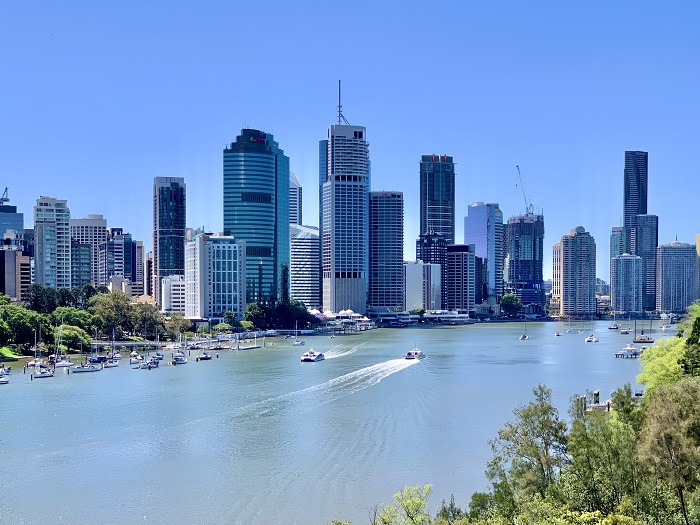
The greatest season to visit Brisbane is from May to the end of October, when it’s ideal for city sightseeing, amusement park fun, and beach surfing. These months are often sunny and dry, with a little bit of a chill in the middle of the year. Avoid the two-week-long Australian school holidays, which are spaced out throughout the states in late June/early July and mid-late September.
High Season (May to the end of September and mid-December to the end of January): Starting in May, the weather is typically perfect, with bright, dry days and little humidity. The other high period is the major Australian school holidays in December/January, notably along the Gold Coast, despite the hot, wet, and humid weather and potential storms.
(October, March, and April) Shoulder Season There is not much time before the mild “winter” begins after the wettest and craziest weather (November to February) ends (May to September). erratic months with days that can change from sunny and dry to cloudy and stormy. However, hotel costs and airfares will momentarily increase during the two weeks of spring break that fall in March or April around Easter.
Low Season (November to early December and February): Storms and flooding are frequent during this time period, and the weather is always hot, muggy, and rainy. The good news is that there won’t be as many people visiting the theme parks and beaches, and hotel and flight prices will be at their lowest levels.
Best Time To Visit Cairns
The ideal time to travel to Cairns and enjoy the stunning tropical paradise is in August. It’s the perfect season to go since the clear waters are sting-free, the nights are cosy, and the days are pleasant and sunny. The 45-minute ferry voyage from Cairns to Fitzroy Island is a favourite among the residents. The island boasts stunning coral beaches and lovely natural beauty. Additionally, you can swim and scuba dive in the Great Barrier Reef and encounter stunning marine life. If you are not into water sports, you can still take a boat excursion. In the evening, you may take in the stunning sunset while drinking your preferred beverage from one of the surrounding pubs and restaurants.
Best time to visit Darwin
The weather during these cooler months, especially from mid-June through to the end of August, is one of several factors that make Darwin a popular winter vacation. In this way, Darwin excels greatly. Darwin averages a comfortable maximum temperature of 29 degrees Celsius, which, while still ranging from warm to hot, depending on your perspective, is a far cry from the high humidity levels that can be felt throughout the rest of the year. In contrast, the southern states are typically cold, making people reach for their jackets.
This makes touring the many attractions in the area much more pleasurable. Add to that the fact that these months are part of what is known as Darwin’s “dry season” (the year can essentially be divided into two halves weather-wise, the wet and the dry).
Best Time To Visit Great Barrier Reef
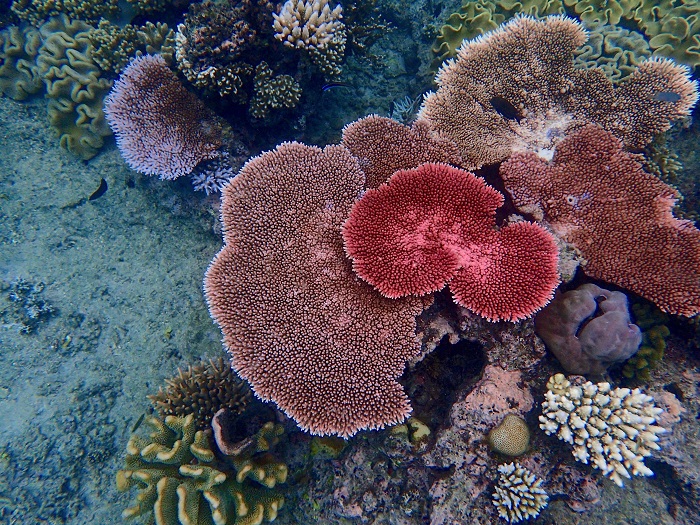
The Great Barrier Reef is at its most beautiful from June to October. The weather is quite pleasant throughout these months, and there is little chance of precipitation. Due to its coastal location, the summer and monsoon seasons are wet and humid, while the winters are too chilly for any beach or water activities. In light of this, spring is a fantastic season to go diving, swimming, and snorkeling. The island is at its most colorful and green in the spring, which is also the busiest travel season. Visit the reef between early April and mid-May if you’re on a tight budget and desire a more personalized trip.
Best Time To Visit Melbourne
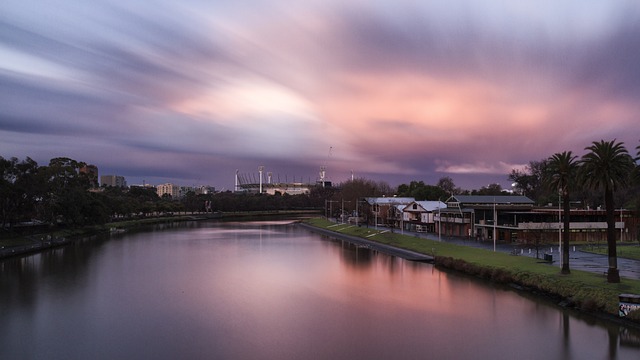
Melbourne’s peak season lasts for three months. The winter months of December through March are often warm and dry. Melbourne’s summer is the best time of year for tourists to visit because of the lovely weather and the fact that December and January have the most daylight hours. The months of September through November and March through May in Melbourne are considered the shoulder seasons. The climate is typically more agreeable during these months than at other times.
From June to August, Melbourne experiences its off-peak period. You may endure freezing temperatures, strong wind gusts, and sporadic rains throughout these months. This is the ideal time to visit the city if you enjoy the icy weather. Melbourne has a tone of entertaining events and activities throughout the Christmas season. It is made memorable by activities like igloo dining, food and wine festivals, jazz performances, and skiing and ice skating. To defend yourself from Melbourne’s harsh winters, you must, nevertheless, wear several layers of clothing.
Conclusion
The best time of year to visit Australia depends entirely on your own preferences and travel plans. Are you searching for a tranquil Australian holiday or are you hoping to visit the nation during its busiest travel season during the warmer months? One thing is guaranteed when choosing your travel dates: Australia is a place that can be visited all year round. If you want to avoid disappointment, make sure to make your reservation right away.
